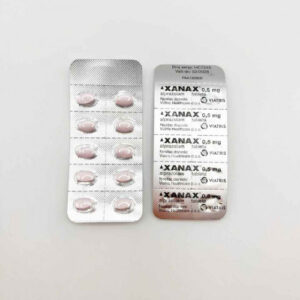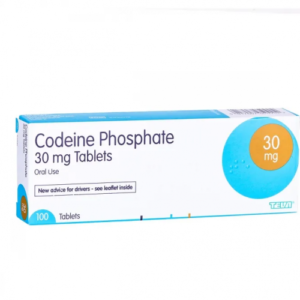Ksalol Xanax 1MG (Alprazolam)
$20.00 – $260.00
This item is listed as finalized early (FE). The order process is as follows:
After the buyer has placed an order, the vendor has 5 days to accept or reject the order.
The buyer will get a full refund if the vendor doesn’t accept the order within 5 days.
If the buyer doesn’t want to wait 5 days, there will be a cancel button after 48 hours to cancel the order and get a full refund.
After the order got accepted, the coins will be transferred from the Nemesis wallet to the vendor’s wallet.
The buyer can leave a review after the delivery time specified with the selected shipping method.
The buyer can’t dispute a finalized early order.
Make sure you 100% trust the vendor before ordering an FE item.
If you have any questions, leave a comment or create a post on our forum.












